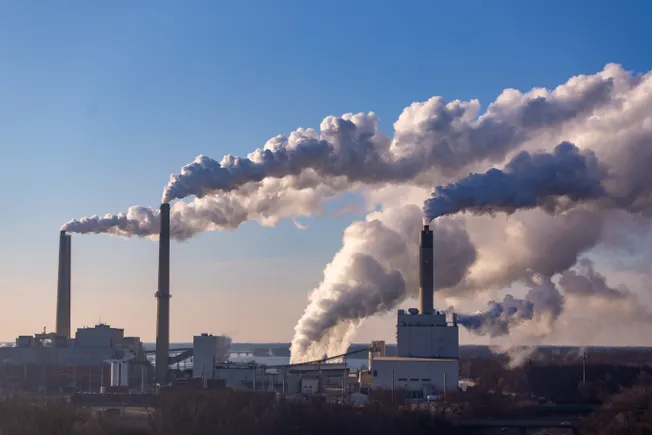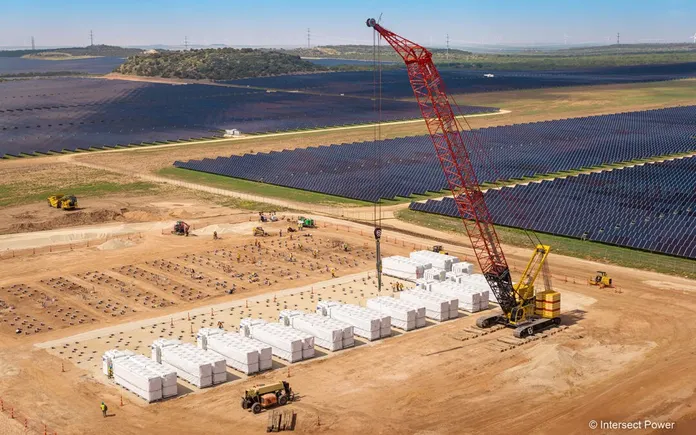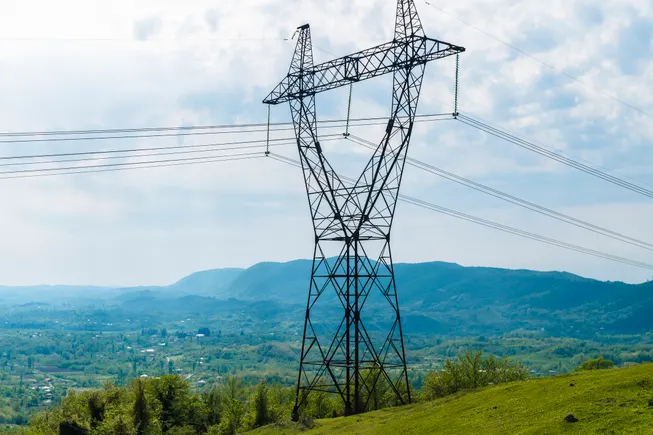
The Environmental Protection Agency on Wednesday proposed eliminating greenhouse gas emissions limits for power plants as well as repealing a toughening of the mercury and air toxics standard for coal- and oil-fired generators.
“These Biden-era regulations have imposed massive costs on coal-, oil-, and gas-fired power plants, raising the cost of living for American families, imperiling the reliability of our electric grid, and limiting American energy prosperity,” the EPA said in a press release.
The EPA estimates that its proposal to repeal Obama and Biden era GHG rules would save the power sector $19 billion over 20 years and reverting to the 2012 MATS rule would save $1.2 billion over a decade.
Cooperative utilities, independent power producers, the National Mining Association and others praised the EPA’s decision.
“Besides being illegal, this Biden-era [GHG] rule would have shut down the nation’s fleet of coal power plants despite warnings from experts and officials that more than half of the U.S. is at risk of electricity shortages,” said Michelle Bloodworth, CEO of America’s Power, a trade group for coal-fired power plant owners.
In part, opponents of the EPA’s GHG rule argued that it relied on carbon capture and sequestration technology that isn’t commercially available.
“EEI appreciates EPA’s acknowledgement that carbon capture and storage technologies are not yet viable for widespread deployment,” said Alex Bond, executive director of legal and clean energy policy at the Edison Electric Institute, a trade group for investor-owned utilities. “Electric companies need standards for natural gas facilities that are attainable to plan and permit new facilities, along with flexible regulatory approaches that help maintain dispatchable generation.”
EEI continues to support the EPA’s authority to regulate GHG emissions under the Clean Air Act, according to Bond.
Power plants account for about a quarter of U.S. carbon emissions, making them the second largest source of GHG emissions behind the transportation sector, according to the EPA. If the U.S. power sector were a country, it would have been the sixth largest source of emissions worldwide in 2022, according to a paper released on May 30 by the Institute for Policy Integrity at New York University School of Law.
However, in its proposed rule, the EPA said carbon emissions from power plants do not contribute significantly to dangerous air pollution within the meaning of the Clean Air Act, partly because “this Administration’s priority is to promote the public health or welfare through energy dominance and independence secured by using fossil fuels to generate power.”
The Institute for Policy Integrity contends that EPA’s proposal relies on “haphazard analysis.” In its cost-benefit analysis for the draft rule, EPA reverses long-running agency practice by not valuing the carbon emissions the rule will cause, the organization said.
Under the Biden administration, the EPA estimated the carbon limits would produce up to $370 billion in climate and public health benefits.
“Greenhouse gas emissions cause extensive economic harm, and their proper valuation is certainly not zero as this proposal essentially suggests,” said Richard Revesz, faculty director at the institute and a professor at New York University School of Law. “Courts have previously rejected agency analyses that undervalue or fail to value the significant and well-established damages from greenhouse gases.”
On the proposed MATS rule, coal-fired power plants are the largest domestic source of many toxic metals, including mercury, according to Earthjustice, which noted that most power plants have installed the technology to meet the standards.
“The critical protections that EPA now seeks to undo exist because science and the law demand that EPA act,” Jill Tauber, Earthjustice vice president of climate and energy, said in a statement.
The EPA will take public comment on its proposals for 45 days after they are published in the Federal Register.






















